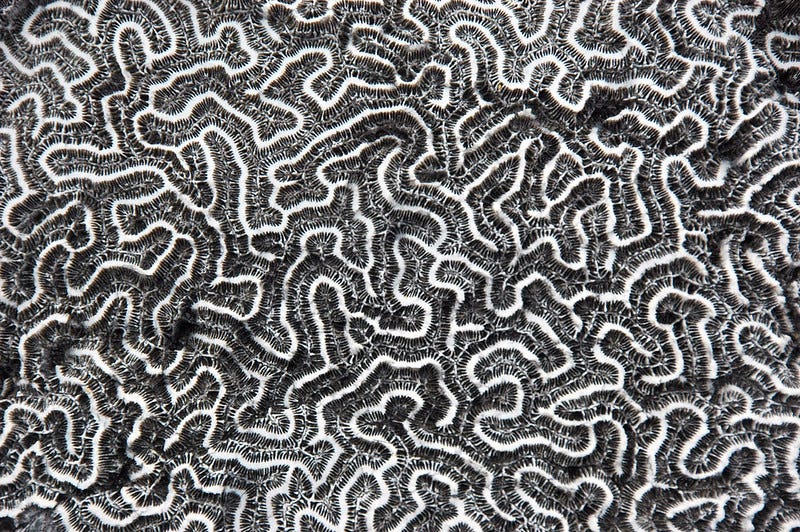British Society in the Acid Liminal
Psychedelia's cultural questions lurking beneath the medical
The ‘psychedelic renaissance’ has tended to make us think about the legal frameworks of drugs in Britain within a medical context. This isn’t surprising. The Misuse of Drugs Act (1971) scheduled most psychedelics as ‘Class A’, severely restricting medical access and, at the time, effectively ending two decades of LSD research. Breaching this barrier has been paramount to the renaissance.
However, exclusively medical readings mask forgotten, cultural questions.
Lest we forget, underground psychedelicists have been quietly (for the most part) going about their business since the 1960s, only occasionally having run-ins with the law. In a recent Vice article, David Hillier describes ‘magic mushrooms’ evolving into a party drug—'now just another part of sesh architecture’—arguing that they are no longer simply the preserve of hippie spirituality and therapeutic self-reflection. In other words, t…


